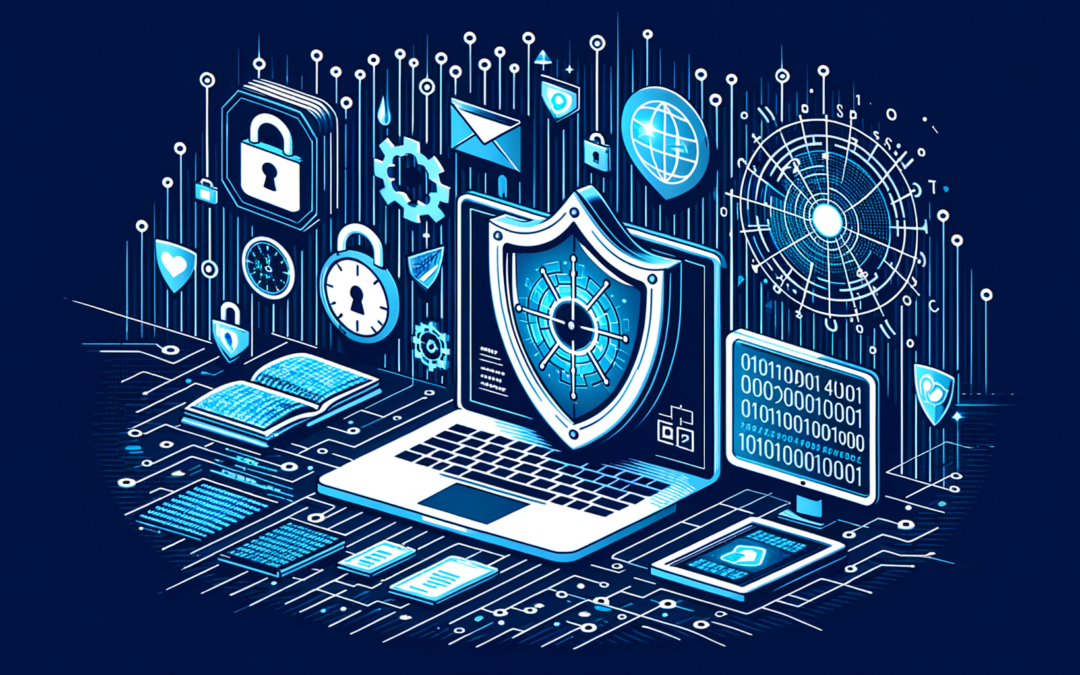Table Of Content
Stay Safe Online: Mastering Scareware Strategies
In today’s digital age, understanding and mastering scareware strategies is essential for online safety. Scareware, a type of malware that exploits fear to manipulate users into downloading dangerous software, can lead to significant data breaches and loss of privacy. By recognizing the red flags and adopting preventive measures, you can build a robust defense against this cyber threat. Stay vigilant, update your systems regularly, and consult with cybersecurity experts like those at Jun Cyber to maintain your digital security.
Understanding Scareware: The Threat That Thrives on Fear
To combat scareware effectively, it’s crucial first to understand what it encompasses. Scareware tricks users into believing that their computers are severely infected, pushing them toward hasty decisions to rectify the supposed problem. This type of malware often presents itself via fraudulent pop-ups designed to appear legitimate and alarming. These pop-ups mimic alert messages from reputable antivirus software, warning users about fictitious threats.
At its core, scareware thrives on psychological manipulation. By capitalizing on swift user reactions primarily fear and urgency scareware prompts users to install harmful software that poses as a cure. These deceptive schemes aren’t merely annoyances but can lead to substantial security breaches, resulting in data theft and loss of privacy. By recognizing the operational blueprint of scareware, users can build a sturdy defense against its tactics.
Spotting Scareware: Red Flags to Watch Out For
Identifying scareware is not always straightforward, given its sophisticated design. However, being vigilant about certain characteristics can aid in distinguishing scareware from legitimate software. Here are some red flags to watch out for:
- Unexpected Pop-ups: Genuine antivirus software doesn’t use alarming pop-ups as primary communication. If sudden, unsolicited pop-ups appear, it could be scareware.
- Urgent Language: Scareware often uses panic-inducing language, such as “Your system is critically infected!” to provoke immediate action.
- Unauthenticated Logos: Watch out for logos and interfaces that closely resemble known antivirus brands but have minor inaccuracies.
- Unsolicited Downloads: Legitimate software downloads aren’t pushed aggressively. Any pressure to download immediately should raise suspicion.
Awareness and attentiveness to these warning signs can significantly mitigate the risk posed by scareware. By familiarizing oneself with these symptoms, users better equip themselves to make informed decisions, sidestepping potential pitfalls of scareware infiltration.
Preventive Measures: Building a Scareware-Proof Defense
Prevention is always better than cure, and this rings especially true in the realm of cybersecurity. Although scareware preys on the unprepared, there are several strategies to deter its influence:
- Regular Updates: Ensure your system’s software, including antivirus tools, is regularly updated to defend against the latest threats.
- Reliable Antivirus Software: Install reputable antivirus software and rely on it for security insights rather than dubious pop-ups.
- Educate Yourself: Acquaint yourself with common scareware tactics to avoid impulsive reactions based on fear.
- Safe Web Practices: Adopt safe browsing habits, such as avoiding unverified websites, to reduce the risk of scareware encounters.
By adopting these preventive measures, users can enhance their digital resilience. Educated and aware internet users take the first step toward fortifying against varied cybersecurity threats, including scareware.
Turning the Tables: What to Do If You Encounter Scareware
Despite all precautions, you may still, at some point, encounter scareware. The critical aspect is to know the appropriate actions to take when faced with such scenarios:
- Remain Calm. Understand that scareware relies on the initial reaction of fear. Take a moment to analyze the situation rationally.
- Close the Pop-up: Use Alt + F4 on Windows or Command + W on macOS to close suspicious windows without clicking any buttons inside the pop-up.
- Run a Security Scan: Use your installed antivirus software to conduct a comprehensive system scan to identify and eliminate any potential threats.
- Seek Expert Assistance: If in doubt, consult with cybersecurity experts to assess and address any lingering concerns.
Handling scareware situations calmly and methodically can prevent minor annoyances from escalating into significant security breaches. Users need to recognize that control over the situation lies with them, provided they take informed steps in response to scareware stimuli.
In summary, scareware represents a deceptive threat that exploits fear and impulsive human behavior. However, armed with knowledge and vigilance, users can thwart its impact and significantly reduce vulnerability to such cyber threats. At Jun Cyber, we believe that an informed user is a secure user. Stay proactive, stay informed, and shield your digital world effectively.
At Jun Cyber, we offer professional guidance and cutting-edge tools to protect against cybersecurity threats. Safeguard your digital presence with us and discover the peace of mind that comes with expert cybersecurity solutions.
Please refer to the original article for a more in-depth understanding: Original Article.
Feeling uncertain about your digital security? Schedule a free consultation with our experts at Jun Cyber today. Schedule a call with us. Visit our website for more information: www.juncyber.com.



